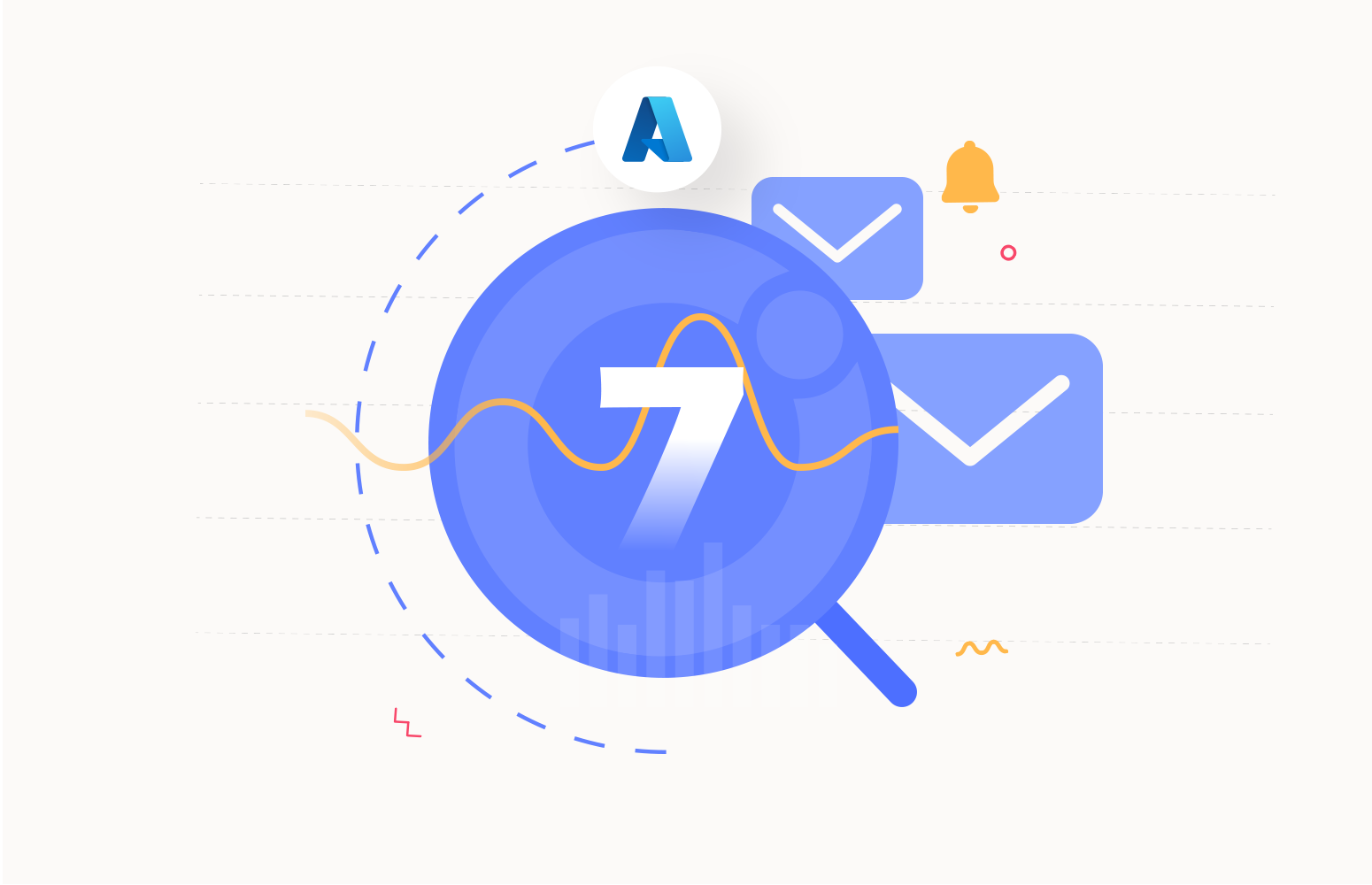Over the past few years, Microsoft Azure has seen tremendous growth, and many new enhancements have improved user productivity. To keep users well informed about their resource status and availability, Microsoft has also been actively working on various monitoring capabilities.
Azure Event hub
Azure Event Hubs is an event ingestion service which can seamlessly process big loads of data. User can use Event Hubs to push/receive large data load from various sources. As colossal data is processed, business relies entirely on these services. Thus, having an eye on the Azure Event Hubs status becomes mandatory for a business that depends on it.

Monitoring Health Status of Azure Resources
Azure Monitor is a good platform for reporting and analytics. Providing a comprehensive solution for capturing, processing, and gathering telemetry from your cloud and on-site environments maximizes your application availability and efficiency. It allows you to understand how your apps work and proactively recognize challenges that affect them and the services they rely upon.
There are many ways to monitor Event hub effectively. Now let us discuss the three best ways to monitor Event hub.
- Metric Based Monitoring
- Azure Event Hub Logging
- Activity Log
- Diagnostic Log
- Status Monitoring
Monitoring the Azure resource status does not mean monitoring the physical status of a resource, but it also includes monitoring availability, performance, reliability, and consumption. Let us consider a scenario to understand the need for monitoring these metrics.
Scenario
One of the common patterns you will see in the cloud adoption is how you will move data (either from on-premises or devices) into the cloud. Let us take an example; a wildlife sanctuary uses IoT devices to capture data on the animals in the surroundings, temperature, wildfire, etc. The sanctuary wants to push this information to the cloud and store it in a persistent store like SQL Azure, MongoDB, and Blob. The traditional way of implementing this would be writing a Web service and constantly firing messages to that WebApi endpoint. In a short time, this may look simple and effective. Still, over a period if the environment starts to scale, building robustness and reliability of that web API endpoint solution will become complicated. Besides, cost implications and time required for setting up such infrastructure will increase drastically.
Metric Based Monitoring
Metrics are measurements of the characteristics of a resource over a given time. Successful Requests, Server Errors, Throttled Requests, Incoming Messages are few examples. These are real-time and stored with a regular collection interval as values. They are best suited for graphical representation to help you view results over a period.
The Azure metric monitor provides entry-level monitoring for Azure Event Hubs. User can monitor resources based on the metrics available and Event Hubs overall health at the namespace level and entity level.
There are a bunch of metrics available in the Azure portal to monitor Event Hubs. Let us assume our wildlife sanctuary system sending captured events. In Event Hub, there is a Quota concept: a threshold value which does not accept any events after reaching the threshold limit. If this Quota exceeds, we will not receive any events that we need to store and process, which badly affects the business, and the Event Hub is not in an error-free state. To get a notification on this Quota exceeded, the user can configure the Quota Exceeded Errors in the metric monitoring.

Similarly, users can take advantage of the metrics available for Azure Event Hubs and make sure that the Azure Event Hub is healthy.

Azure Event Hub Logging
Azure Event Hubs logging provides information about the operations done under the Event Hub namespace. Azure Event Hubs have two types of logs, namely Activity Logs and Diagnostic Logs.
Logs
Logs provide time-stamped details about resource modifications made. The type of data recorded varies according to the log source. Azure organizes logs into records, with different property sets for each record type. Logs may contain numeric values, such as the Azure Monitor metrics, but most include text data rather than numeric values.
Activity Log – Activity Logs capture the activities performed under the Event Hub namespace as logs. Events can occur sporadically rather than fixed intervals or schedule. Applications and services create Events, which provide the context for the events. You can store metrics data in logs to combine them with other monitoring data for analysis.

Diagnostic Log – Business running on a larger scale will access resources through various SDKs and APIs. Diagnostic logs provide more information about operations and actions conducted against your namespace by using the API or managing client’s SDK.

Now let us look back at our scenario and implement Azure Event Hub logging and understand it better. Even though Azure provides a smooth UI for Event Hubs, automation is not comfortable using the GUI. So, Azure has provided us with APIs, and the user can leverage these to automate the process of deploying Event Hubs, segregating events via partitions, etc. Now the wildlife sanctuary is trying to expand their monitoring limits by extending their geographical border. Creating a new Event Hub or making changes to the existing system is not comfortable with the UI. If a user/developer decides to use the Apis exposed, they can track down the changes with Diagnostics logs help.
Azure Status Monitoring for Event Hub
Azure Status Page provides information regarding the Azure Event Hubs health status corresponding to regions. The Azure status page will enable us to understand resource availability across various regions. For beginners looking for a region to host their Azure resources, the best place to investigate will be the Azure status page.

Organizations can use Azure Status Page to choose the best option to host their Azure resources across various regions. The hosting region plays a vital role in the performance, and availability of Azure resources and cost spent for usage.
Azure Service Health and Resource Health Monitoring
Due to maintenance, some resources in specific regions may have some impact. With Azure Service Health, you are updated on any expected downtime in your region so that you can take necessary actions.
Resource Health provides you with information on the Azure Event Hubs health status in present and past which can help you identify if any events are left unprocessed. With resource health enabled, you can also obtain technical support from Azure to fix your issue.
How can Turbo360 help you better monitor the Status of Azure Event Hubs?
With Azure status page and Azure resource health, user can monitor the status of resources and get to know the status of Azure Event Hubs over a period. But Turbo360 can help a user to monitor the health status of Azure Event Hubs partitions using Threshold Monitor. User can also take advantage of the consolidated monitoring feature in Turbo360, which saves time in identifying the error at application-level. To solve critical day to day challenges in Azure, Turbo360 offers
- Application-level of Visibility
- Consolidated Monitoring
- Process Automation
- End to End
- Tracking
- Unified Azure Documentation
Enterprise can use Turbo360 to ease out their day in and day out challenges and achieve better efficiency.
Conclusion
In this blog, we learned about Azure Event Hubs, monitoring Azure Event Hubs health status and three best approaches to achieve it. To better understand the monitoring solution, we also took a scenario and aligned with the different monitoring solutions.







